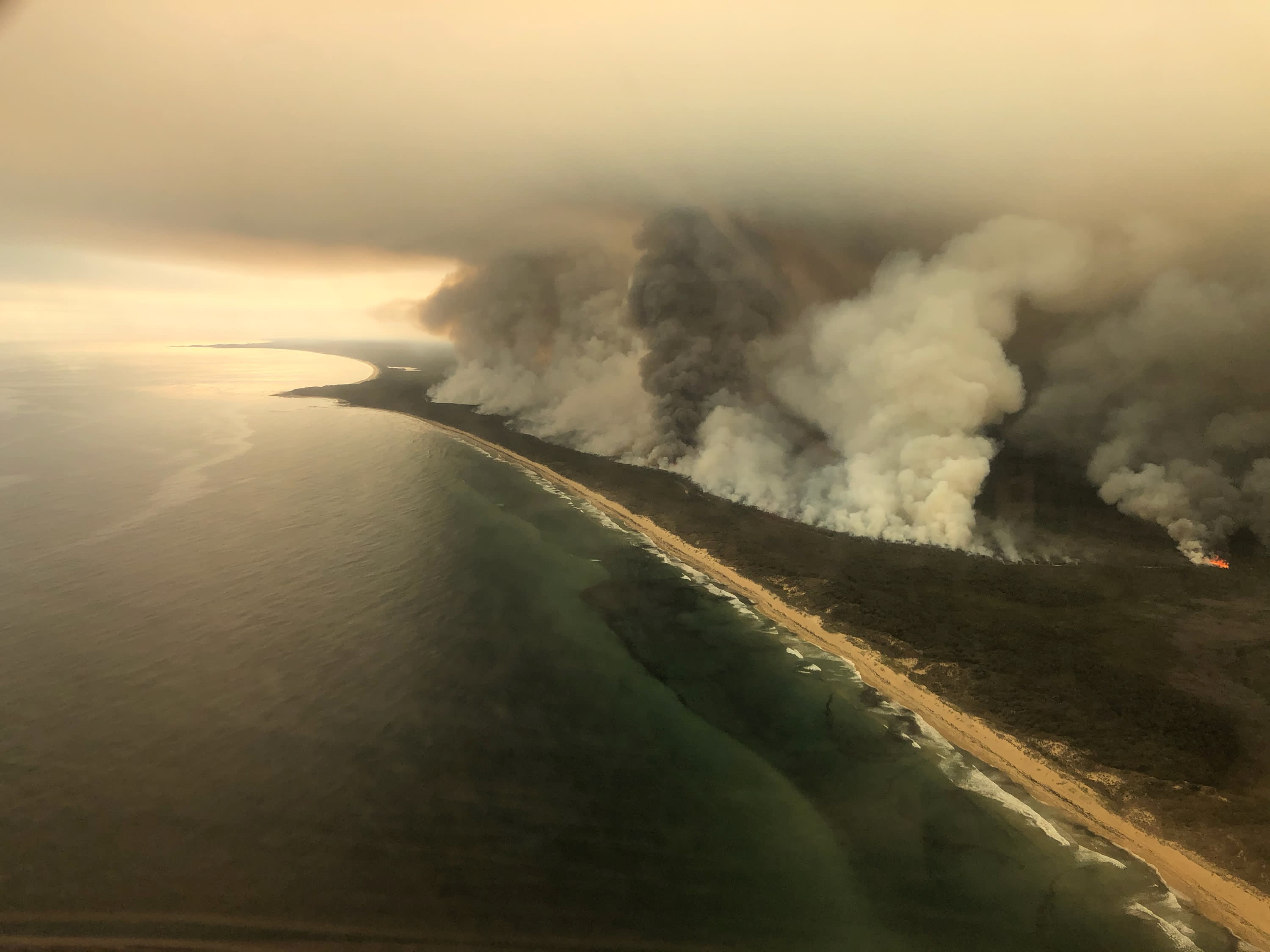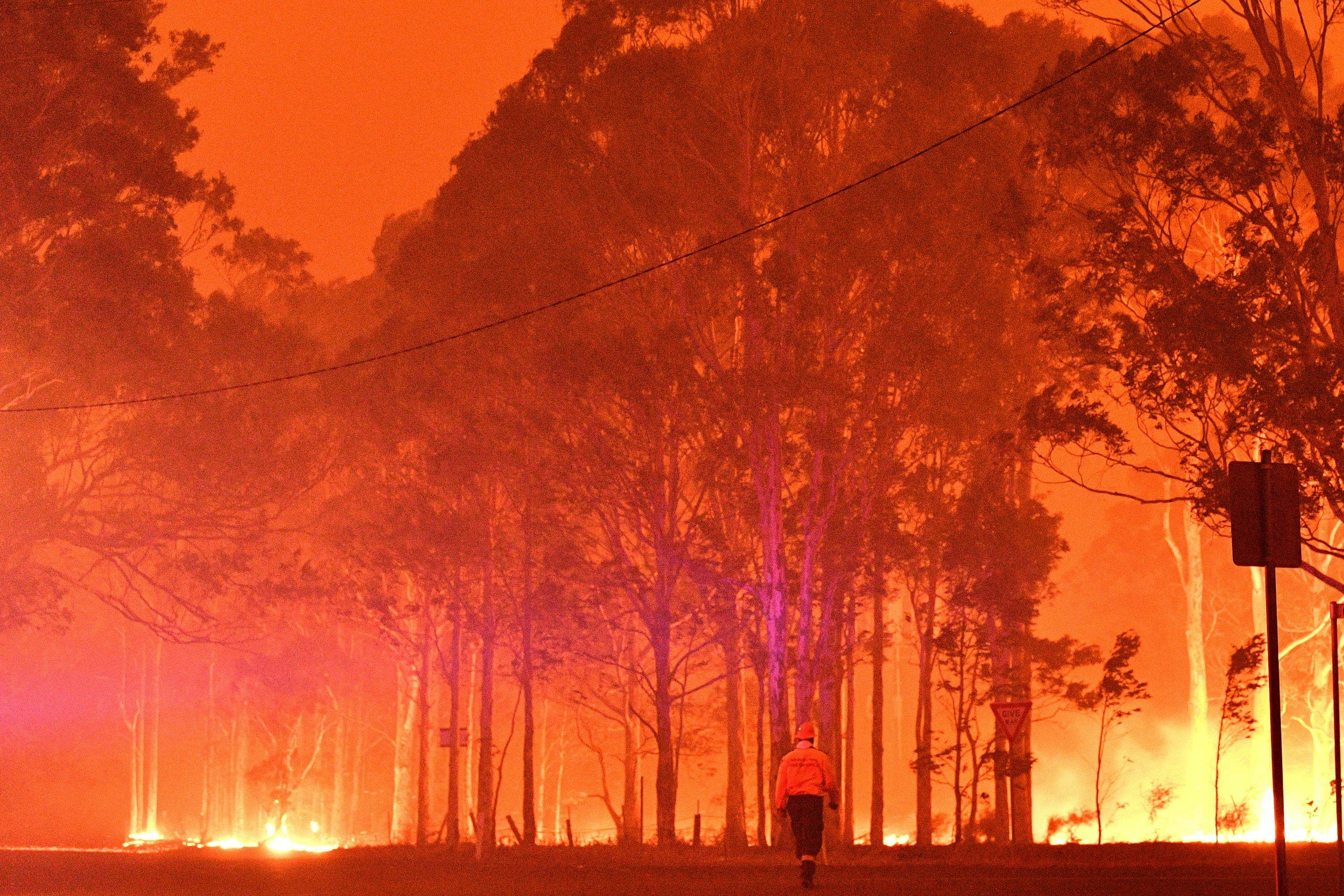Demystifying BAL Reports: An Overview to Comprehending Your Building's Bushfire Risk
Demystifying BAL Reports: An Overview to Comprehending Your Building's Bushfire Risk
Blog Article
Exactly How BAL Report Impacts Bush Fire Defense Steps
In the realm of bush fire security, the Building Strike Degree (BAL) record stands as a crucial tool that dramatically influences the security and durability of residential properties in fire-prone areas - BAL Report. The impact of a BAL analysis expands far past mere documents; it serves as the foundation for determining the ideal building and construction requirements and fire defense procedures necessary to reduce the threats positioned by bushfires. As areas grapple with significantly serious fire periods, comprehending just how the BAL report forms these protective actions becomes critical for contractors, property owners, and policymakers alike
Comprehending the Bushfire Attack Level

Significance of BAL Record Assessment

Moreover, the BAL record assessment functions as a fundamental action in abiding by legal commitments and demands associated to bushfire protection. Neighborhood councils and authorities usually mandate the submission of a BAL record as part of the planning and building authorization procedure to make certain that residential properties are properly protected versus bushfire risks. Failing to carry out a thorough BAL record analysis can cause inadequate protection measures, leaving homes prone to ravaging bushfire incidents.
Building Requirements Based Upon BAL
A detailed understanding of the Bushfire Strike Level (BAL) allows property proprietors to carry out building and construction criteria customized to their certain risk profile. Building and construction criteria based on BAL are vital in alleviating the effect of bushfires on residential or commercial properties. The BAL rating classifies the prospective danger a building encounters throughout a bushfire on a range from BAL-Low to BAL-FZ (Fire Area)
Carrying Out Fire Security Steps
With the foundation of building requirements based on Bushfire Assault Degree (BAL) in area, the emphasis currently moves in the direction of the sensible execution of fire defense measures to strengthen residential or commercial properties versus bushfire threats. Passive measures include making use of fireproof structure products, setting up cinder guards on vents, sealing voids in roofs and wall surfaces, and maintaining a clear area around the property free from combustible plants. By integrating both passive and active approaches, residential or commercial properties can significantly reduce their susceptability to bushfire look at this now events and enhance the safety of owners.
Shielding Houses Versus Bushfires
Successfully safeguarding homes versus the destructive influences of bushfires requires a thorough and positive method to fire defense steps. Homeowners living in bushfire-prone areas have to prioritize the execution of various methods to enhance their residential or commercial property's strength against wildfires. One essential facet is creating a defensible space around the home by keeping a clear zone without combustible materials. This includes routinely cutting plant life, removing dead plants, and making certain a safe distance between frameworks and trees. Installing fire-resistant roof products can also considerably minimize the threat of ember attacks and direct fire contact. In addition, sealing vents and gaps to stop ash breach, as well as incorporating fire-resistant windows and doors, can assist fortify the home's defense against bushfires. Buying a dependable water source, such as a well-kept lawn sprinkler system or a committed water tank, is vital for providing water throughout fire emergencies - BAL Report. By accepting a positive position and integrating these protective measures, home owners can considerably raise their opportunities of safeguarding their homes versus bushfires.
Verdict
Finally, see this website the Bushfire Assault Degree (BAL) record plays a vital function in identifying the needed protection actions against bushfires. By evaluating the BAL, building and construction requirements can be tailored to alleviate the risks and make certain the safety and security of homes in fire-prone areas. Applying fire security actions based on the BAL record is essential in guarding properties from prospective bushfire hazards. It is critical for property owners to focus on BAL assessments and comply with advised construction requirements to boost bushfire resilience.
In examining bushfire threat to residential properties, understanding the Bushfire Assault Degree (BAL) is a crucial component for implementing reliable protection actions. Overall, a clear understanding of the Bushfire Assault Degree is essential for applying appropriate security steps and mitigating the effect of bushfires on homes.

Report this page